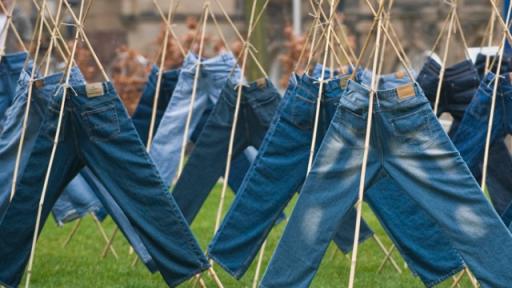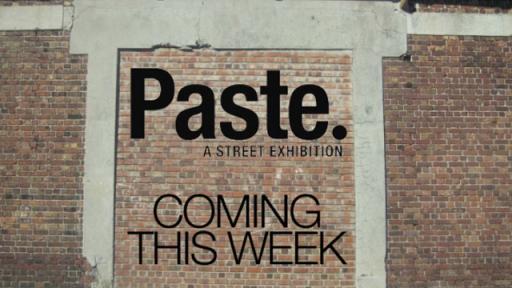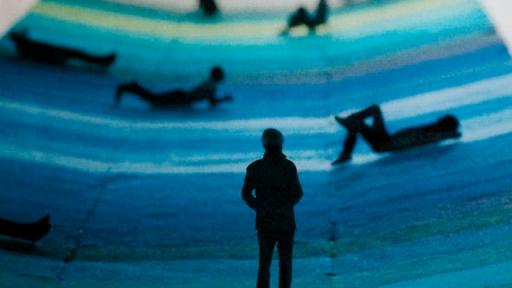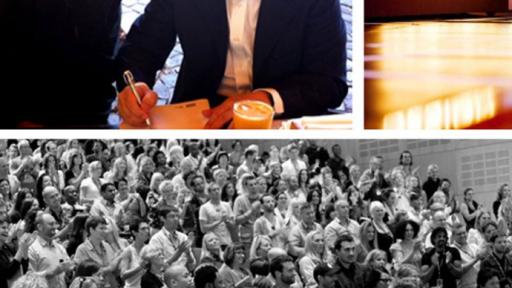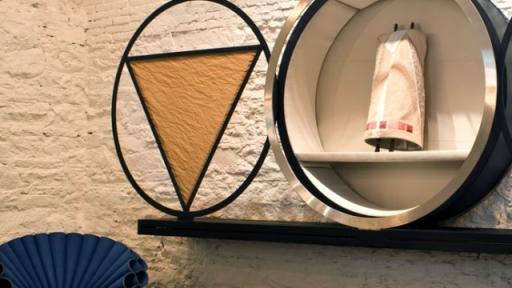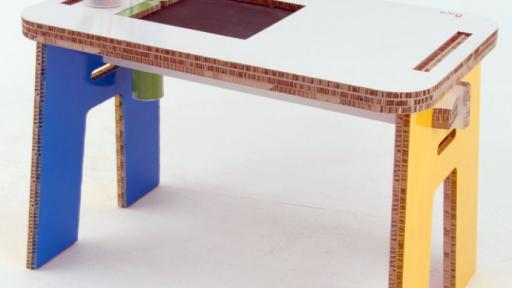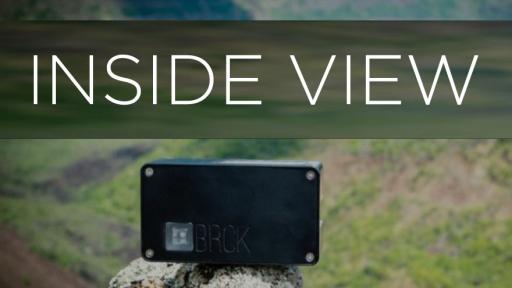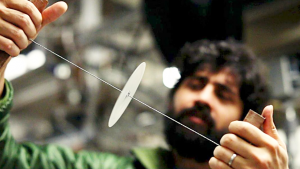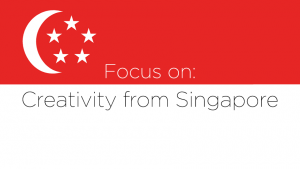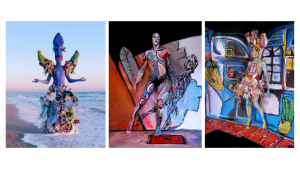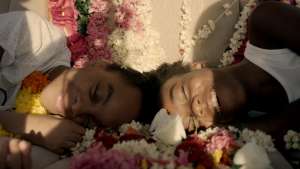Design:digest
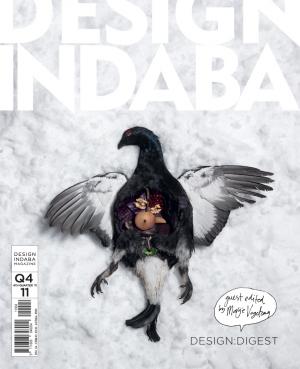
Marije Vogelzang
We always say that everything humans do is sex driven. One can do without sex. Even though it would probably be a dull kind of existence, sex-deprivation has never proven to be lethal. Nobody can do without food.
Food is at the base, but also on every other level, of Maslow’s hierarchy of needs. As food climbs up the ladder of Maslow’s pyramid, mere “food” transforms into “the act of eating”, and possibly “feeding” (as this can be an act of inspiration), in the top section.
It has therefore surprised me that, 15 years ago food as a medium or a topic of design was a rare activity. Could it be that designers were overlooking the topic to rather create lasting objects that immortalise themselves through their designs? Could it be that the act of eating is such a basic activity that designers forgot what was there right in front of them?
Yes, designers have made millions of ovens, kitchens and crockery sets. But the topic of food was left to the métier of chefs who were concerned with flavour and gastronomical pleasures, which in itself is a loveable goal in life and there’s nothing I have against it.
Times have changed and I have to tell you that I am extremely excited, even ecstatic, about the revolution of eating and creativity that has hit the world of design and creative thinking like an eating-design tsunami. For me, working with a non-lasting material actually makes me proud to know that eventually all I do as an eating designer is make shit.

It makes sense to use food as a topic and medium for design. The world has never seen more schizophrenia on the food side of life than today. We eat things that we don’t know who made or what they made it of. We have never been so disconnected to nature while at the same time we grow rooftop-gardens and buy cookbooks like it’s the new religion. While more people eat alone and get obese, Denmark has a fat tax. Some children in the USA are obese and malnourished at the same time. Food allergies are mushrooming and slow food is growing big. So is the waist of the average Western-world child.
Designers themselves are also ready to shift from the materialisation of shape only, to the possibility of ideological design that can be a service, an experience or an emotion.
And what material gets closer to you, goes inside your body and is more connected to emotions than food?
When intelligent creativity meets the act of eating we can expect a powerful generator of positive changes for the future. I’m excited to be a part of this. So are the people in this magazine. They show that eating design connects everything with everybody. This is just the beginning.
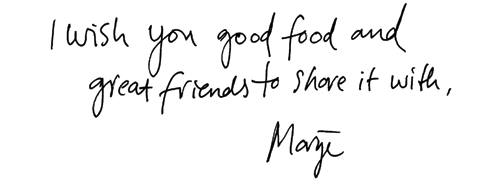
Nadine Botha
Nearly every day for the past 90 days Marije Vogelzang has asked me what I ate yesterday. Initially, under housearrest with a broken ankle and starved for human contact, I answered elaborately, including my moods and nicotine withdrawal. When I returned to the office and its commensurate distractions, the game continued for a while, especially around the excitement of what my mother had packed in my lunchbox. By the time the stress and mad rush of the print deadline hit, however, I’d gotten to the point of just blatantly, rudely ignoring Marije’s questions.
Still, Marije persisted. I began asking myself if it’s her standard email tagline or if she is intentionally monitoring my eating by making me feel so self-conscious and embarrassed about what I really do eat. I defended my eating to myself by remembering that I do buy fresh meat and vegetables, and even cook. Even free-range eggs and hardly any beef. But then I arrived home and found the frozen fish, premade pesto, and canned staples like chopped tomatoes, coconut milk and chickpeas at the bottom of the shopping bag… At least it wasn’t a plastic bag!
Working on this edition of the magazine has been gruelling and educational, and there will no doubt be changes to my eating habits, some witting, some unwitting. Thanks to Marije Vogelzang’s expert guidance on the editorial content of the “Design:Digest” edition of the magazine, you’ll be happy to know that the contents are far loftier than what I ate yesterday.
The world’s leading chefs show their mettle by penning the “Declaración de Lima”, and we talk to René Redzepi, Ferran Adrià and Homaru Canto. Marion Nestle and Paola Antonelli discuss the problems with the current food system and how creatives are interpreting this – many examples of which are in the showcase of food-related design. We celebrate Jamie Oliver’s activism, Martí Guixé’s discipline-defining work and all those unknown food designers who have shaped our everyday meals.
Besides looking at design solutions for the farming limitations of Africa, Carolyn Steel tells us about the edible city and Brian Wansink describes mindless eating. After we consider the pop-up restaurant and urban foraging trends, Marjan Ippel explains that food equals fashion. And just before you thought what you eat is not cool enough to read this magazine, we rile up a warm-blooded crew of designers, chefs, experts and activists to debate the food issues of the day in our “Food Fight”.
Food becomes especially prominent as we near the end of the year. I would also like to share Design Indaba’s season’s greetings with all of you. We hope you’re looking forward to 2012 as much as we are, and join us for the Design Indaba Conference from 29 February to 2 March and Expo from 2 to 4 March. There are also a host of brand new events and projects being launched at the 2012 event, so follow us on Twitter, Facebook or sign up for the newsletter at www.designindaba.com/newsletter.
So, what did you eat yesterday?
Nadine



